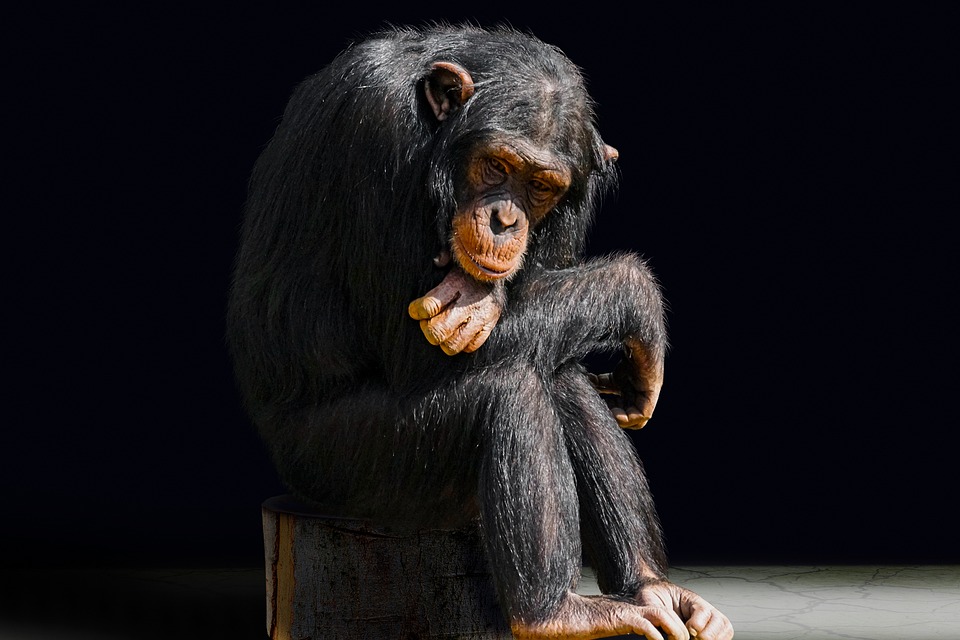
From Sidekick to Protagonist: The Evolution of a Secondary Character
In the world of literature and film, secondary characters often play a crucial role in helping to shape the story and provide depth to the protagonist. These characters are typically less developed than the main character, serving as a sidekick or supporting role to the protagonist’s journey. However, there are occasions where a secondary character transcends their original role and becomes a protagonist in their own right. This evolution from sidekick to protagonist can be a powerful and compelling transformation that adds new layers to the narrative and expands the scope of the story.
The Sidekick: A Supporting Role
Secondary characters are often used to provide contrast and context for the protagonist. They may serve as a foil to the main character, highlighting their strengths and weaknesses, or offer a different perspective on the events of the story. Sidekicks are typically defined by their relationship to the protagonist, whether as a loyal friend, a mentor, or a comic relief character.
One classic example of a sidekick is Samwise Gamgee from J.R.R. Tolkien’s “The Lord of the Rings” series. Sam begins the story as Frodo Baggins’ loyal gardener and friend, accompanying him on his quest to destroy the One Ring. Throughout the journey, Sam provides emotional support and moral guidance to Frodo, helping him overcome the challenges they face together. Despite his humble origins, Sam proves himself to be a brave and resourceful character in his own right, demonstrating his strength and loyalty in the face of great adversity.
The Transition: A Shift in Focus
As the story unfolds, there may come a point where a secondary character’s role begins to shift and expand. This can happen for a variety of reasons, such as the main character’s death or departure, a shift in narrative focus, or the secondary character’s own growth and development throughout the story.
One example of this transition is Neville Longbottom from J.K. Rowling’s “Harry Potter” series. Neville begins the story as a bumbling and insecure student at Hogwarts School of Witchcraft and Wizardry, often serving as a comic relief character alongside his more competent classmates. However, as the series progresses, Neville’s character undergoes a significant transformation, demonstrating courage, leadership, and resilience in the face of Voldemort’s tyranny. By the final book, Neville emerges as a hero in his own right, leading the resistance against the Death Eaters and playing a crucial role in the defeat of the Dark Lord.
The Protagonist: A New Perspective
When a secondary character takes on the role of protagonist, it opens up new possibilities for the story and allows readers to see the events from a different perspective. This shift in focus can provide fresh insights into the world of the story, as well as deepening our understanding of the character’s motivations, desires, and conflicts.
One example of a secondary character becoming a protagonist is “Wicked” by Gregory Maguire, which tells the story of Elphaba, the Wicked Witch of the West from L. Frank Baum’s “The Wizard of Oz.” In Maguire’s reimagining, Elphaba is portrayed as a complex and sympathetic character, exploring her backstory, relationships, and inner struggles in greater detail. By shifting the focus from the protagonist, Dorothy, to the antagonist, Elphaba, the novel offers a fresh perspective on a familiar story and challenges readers to rethink their assumptions about good and evil.
The Impact: A New Legacy
When a secondary character becomes a protagonist, it can have a lasting impact on the story and its legacy. By elevating these characters from supporting roles to central roles, authors and filmmakers are able to explore new themes, conflicts, and relationships that may have remained unexplored otherwise. This shift in perspective can also challenge our assumptions about who gets to be the hero of the story and who gets to be the sidekick.
One example of this impact is the character of Harley Quinn in the Batman franchise. Originally introduced as a sidekick and love interest for the Joker, Harley Quinn has since evolved into a complex and multifaceted character in her own right. In recent years, Harley has starred in her own comic book series, animated TV show, and feature film, exploring her relationships, motivations, and struggles as she navigates the chaotic world of Gotham City. By giving Harley Quinn her own platform, creators have been able to bring new depth and complexity to this once secondary character, redefining her role in the Batman universe.
The Future: Endless Possibilities
As the evolution of secondary characters into protagonists shows, there are endless possibilities for storytelling and character development. By reimagining familiar archetypes and challenging traditional narrative conventions, authors and filmmakers can breathe new life into their stories and characters, creating rich, immersive worlds that captivate and inspire audiences.
Whether it’s a loyal sidekick stepping into the spotlight, a bumbling underdog rising to the occasion, or a villainous antagonist revealing their hidden depths, the evolution of secondary characters into protagonists offers a fresh perspective on well-worn stories and characters. By embracing the power of transformation and growth, storytellers can craft narratives that are both timeless and relevant, inviting readers and viewers to see the world through new eyes and explore the complexities of the human experience in all its diversity and splendor.